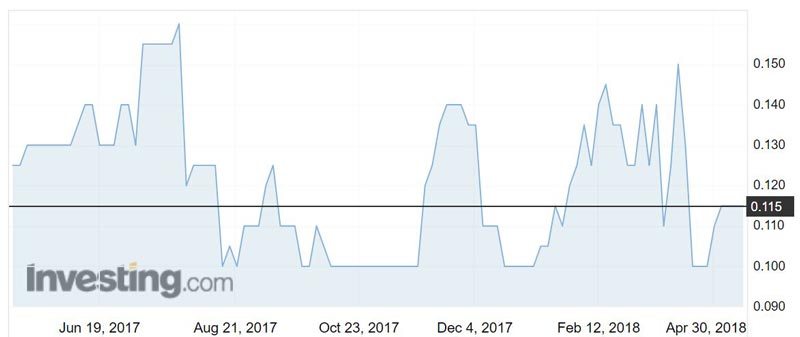Marenica grabs new uranium project in Namibia to test processing tech

Giraffes and zebras at a waterhole in Etosha National Park, Namibia. Pic: Getty
Marenica Energy is picking up a uranium project in Namibia that it thinks will go fabulously with its trademark processing technology.
The company (ASX:MEY) has struck a binding deal to acquire the Mile 72 uranium project from fellow ASX-listed junior Metals Australia (ASX:MLS) for the bargain price of $30,000 and a preferential dividend of 1 per cent of gross production from the project.
Marenica already has one uranium project in Namibia, but during the period of depressed prices, the company has spent its time perfecting its “U-pgrade” processing technology to help bring down the cost of production.
The technology is capable of delivering an upgrade in uranium concentration of about 50 times at a recovery of over 70 per cent by rejecting nearly 99 per cent of the waste material.
Marenica says this leads to significantly improved economics as calculated capital and operating costs fall.
Internal cost estimates have indicated a potential reduction in process operating costs of between 50 per cent and 70 per cent and a reduction in capital costs of between 30 per cent and 50 per cent compared to conventional heap leach technology.

Many uranium players are waiting for the price to reach at least $US75 ($100.39) per pound before developing their projects. The uranium price is currently trading around $US21 per pound.
A top energy expert told investors at this week’s RIU Sydney Resources Round Up that uranium will still be needed for years to come because there is not yet a battery that can store energy from the summer to use in the winter.
“The goal is to reduce carbon loading – not necessarily eliminate it entirely and that is often over-looked by the market,” Breakaway Research senior analyst Mike Harrowell explained.
- Bookmark this link for small cap breaking news
- Discuss small cap news in our Facebook group
- Follow us on Facebook or Twitter
- Subscribe to our daily newsletter
Marenica says its processing technology will greatly reduce the uranium price needed for projects to be brought into production. It also allows lower grade, smaller deposits to be developed.
“We’re targeting calcrete deposits at a reasonable grade that can go at $[US]50 a pound uranium price and anything above 300 [parts per million] does that for us,” managing director Murray Hill told Stockhead.
The mineralisation at the Mile 72 uranium project is calcrete hosted and very similar to Marenica’s namesake uranium project, Paladin Energy’s (ASX:PDN) Langer Heinrich project and Deep Yellow’s (ASX:DYL) Tumas deposits, which are all in Namibia.
Past testwork on these projects has confirmed the amenability of Marenica’s U-pgrade process.
“We can reduce the capital costs for development by 50 per cent and the operating costs by 50 per cent,” Mr Hill said.
“Because we can produce a very low mass concentrate for offsite value-add you can actually reduce the capex further because you don’t need to install a leach circuit and a refinery.”
Namibia is also a willing buyer of uranium concentrate, according to Mr Hill.
Marenica expects the Mile 72 calcrete mineralisation will respond to U-pgrade the same as all other Namibian calcrete deposits tested and produce a low mass concentrate for leaching.
UNLOCK INSIGHTS
Discover the untold stories of emerging ASX stocks.
Daily news and expert analysis, it's free to subscribe.
By proceeding, you confirm you understand that we handle personal information in accordance with our Privacy Policy.








